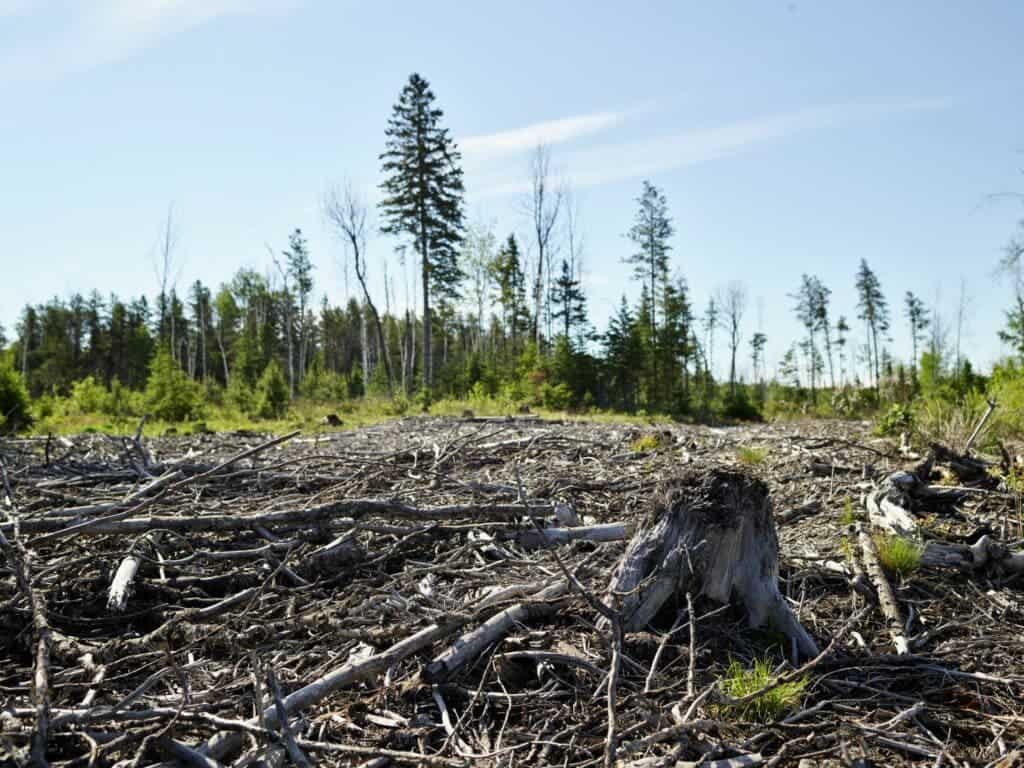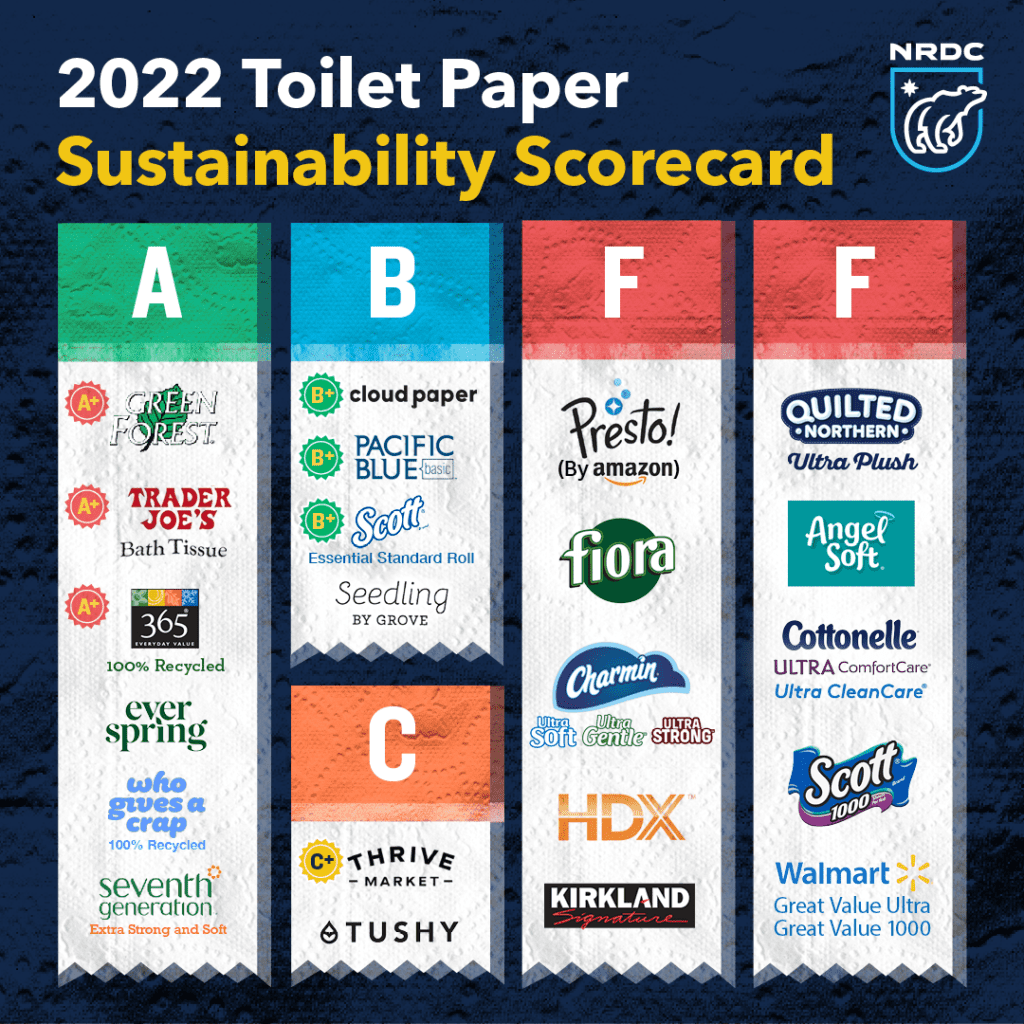The lifespan of a roll of toilet paper may seem brief, but its impact on the environment is actually long-term. A report by the National Resources Defense Council found that single-use tissue brands in the US such as P&G’s Charmin toilet paper are driving an unsustainable “tree-to-toilet” pipeline with severe effects on sensitive ecosystems.

The report provides a snapshot of the sustainability of the marketplace for facial tissue, toilet paper and paper towels, revealing which companies are implementing climate-friendly practices and which ones aren’t. This year’s version looks at more products than any previous year and includes an updated methodology to reflect the climate crisis.
“The primary forests of the boreal – those areas that have never before been industrially disturbed – must be protected if we’re going to have a chance of avoiding catastrophic climate change. Turning them into toilet paper is a climate crime,“ Jennifer Skene, NRDC’s Natural Climate Solutions Policy Manager, said in a media statement.
Failing to act
The report found that the largest tissue brands in the US are failing to protect the environment by continuing to create their products from sensitive ecosystems, such as the Canadian boreal forest. P&G, Kimberly-Clark, and Georgia-Pacific got an F on the NRDC’s scorecard on their flagship brands like Charmin, Cottonelle and Quilted Northern.
The three companies continue to make almost exclusively from virgin forest fiber and fail to avoid sourcing from primary forests, the NRDC said. Other store brands also ranked at the bottom of this year’s scorecard, such as Home Depot, which faced investor scrutiny this year for its bad forest sourcing practices, alongside ALDI and Lowe’s.

In contrast, the scorecard shows many forest-friendly brands available to consumers. Among the 142 products scored, 17 got A grades and 17 A-pluses, with brands that use post-consumer recycled content getting the highest grades due to their low carbon footprint. New to the list were grocery store chains like Kroger and H-E-B, with 100% recycled content tissue products.
The scorecard also included many new bamboo brands, which shows a growing market for toilet paper from alternative fibers. There were several brands made from 100% bamboo fiber among the 34 products that got a B or B-plus grades. They have a smaller footprint than virgin forest fiber but larger than recycled fiber and some agricultural residues.
Over one million acres of the Canadian boreal forest are clear-cut each year, in part to produce toilet paper, according to the NRDC. The forest, which covers 270 million hectares, stores carbon, purifies the air and water and regulates the climate. However, it’s under constant threat by the logging industry and tar sands production, the NGO said.
“Talk of climate destruction often conjures images of burning dirty energy, but this isn’t the full picture. It also looks like the industrial clearcutting of some of the world’s last remaining primary forests for single-use, throwaway tissue products. We need brands now more than ever before that are willing to be true climate leaders,” Skene said.









